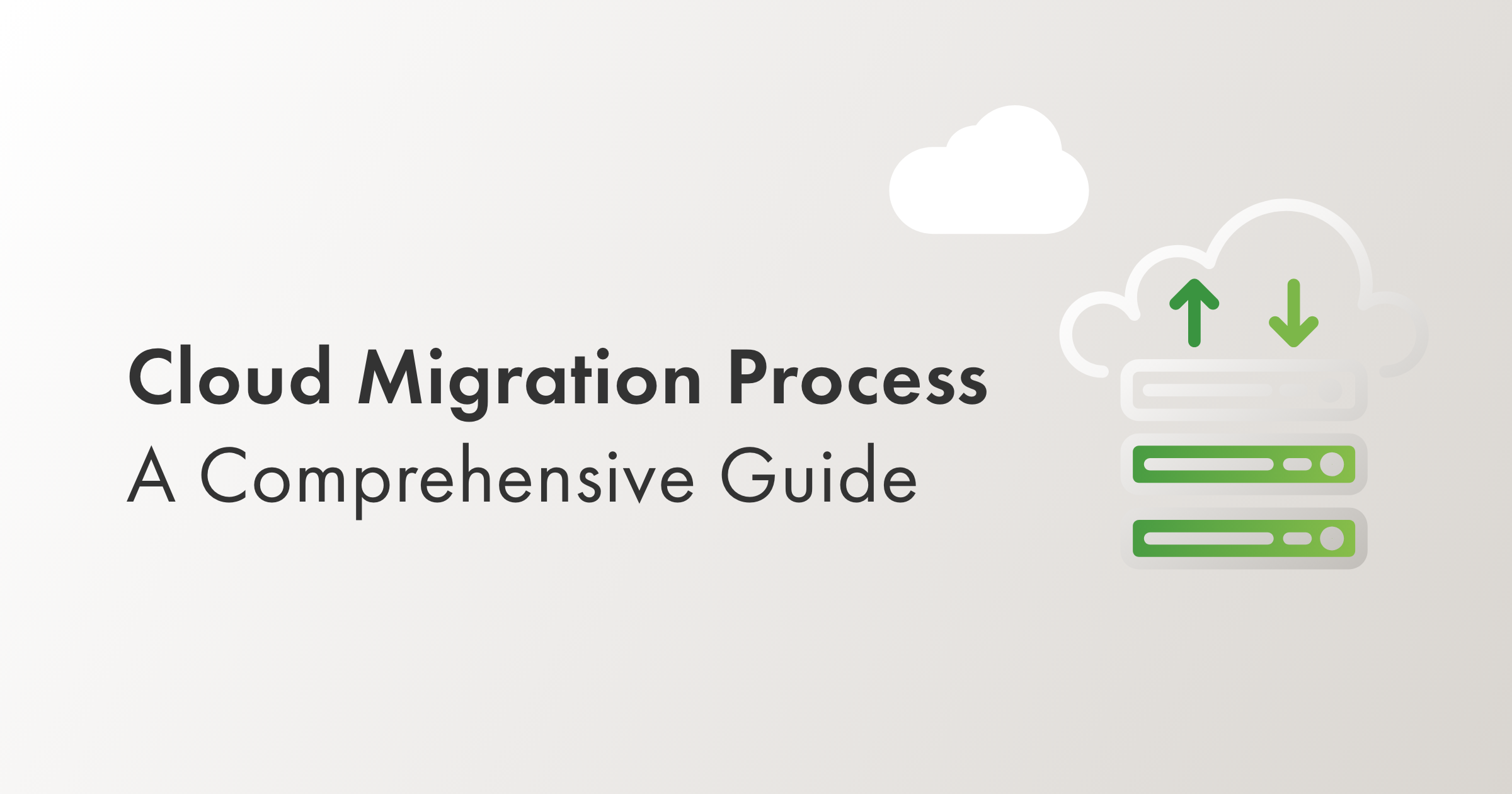In today’s digitally advancing era, cloud adoption is becoming an integral part of organizations for IT optimization. Cloud migration helps organizations become more scalable, remote, and flexible. But, all such premium advantages of the cloud require a well-planned cloud migration process. Cloud migration is more like a one-time investment, which if done right, can bring fortune for any organization. In this blog, we will highlight the step-by-step stages involved in the cloud migration process and similar other details.
Activities involved in the Cloud Migration Process
With the rapid evolution of cloud migration and cloud service providers, the cloud migration process has become more elaborative and much easier to complete. There are four important cloud migration phases, as follow:
- Planning and assessment of workloads.
- Designing and setting the migration framework.
- Pilot testing.
- Full-scale implementation.
If your organization is dedicated to carrying out cloud migration, then you must go through the following cloud migration steps:
1. Strategy Development
Before starting your cloud migration journey, the first step is to understand what you want to achieve with cloud migration. This involves evaluating your IT infrastructure and its performance to see where you stand. It helps to set up key performance indicators (KPIs) of cloud migration. Once you know the business objectives towards cloud migration, your organization will be in better shape to complete the cloud migration process in the right way.
2. Identification of Right Applications
You have to identify which applications are right for cloud migration because not all of them will be cloud-friendly. You need to carry a thorough analysis of your apps to see which ones can be moved, which ones need some redesign, associated expenses, and similar details. By the end of this step, you should be clear about which of your organization’s applications and data are going to be migrated to the cloud.
3. Pick the Cloud Provider
Once you know what to migrate, the next step is to find the right cloud provider. A cloud provider should be capable of guiding you through the whole migration process and should also hold the experience to address complex tasks involved in migration. In addition, the post-migration services should be top-notch under cost-friendly rates with excellent customer service.
4. Ensure Operational Continuity and Data Integrity
There is always a chance of exposing sensitive data during cloud migration. Similarly, post-migration validation is also crucial to ensure operational continuity. Therefore, you must ensure data protection and operational continuity from your cloud provider before finalizing the deal and starting the cloud migration.
5. Initiate your Cloud Migration
Once you have fulfilled the above steps thoroughly, it’s time to start migrating to the cloud. The way you perform cloud migration depends on your architecture and the complexity of applications and the data. You can migrate the entire application at once, test if it is working, and then shift your traffic from on-premises. Otherwise, you can migrate the application gradually, move your customers slowly, and validate the whole migration continuously until all the application(s) and customers are migrated.
Benefits of Cloud Migration for Organizations
Cloud migration gives organizations the possibility to have an elastic infrastructure setup. In addition, there are many other benefits associated with it:
- Security: On-premises data centers are more vulnerable to threats compared to the cloud. Cloud service providers provide more enhanced security, and most of them provide data encryption before storing the data in the cloud. Besides that, cloud platforms also have set up mechanisms to avoid unwanted or malicious traffic from accessing your data.
- Decreased Costs: Cloud migration decreases the costs associated with managing on-premises servers. It is the cloud provider that manages the servers, while the organization just has to pay the monthly/annual charges for those services.
- Disaster Recovery: On-premises data centers are vulnerable to natural disasters, software failure, hardware damage, or other similar issues that put your entire data at risk. Cloud does not only store the business data and applications on remote servers, but also backups them to avoid any data loss. Therefore, organizations get the best backup and recovery solution in the case of the cloud.
- Scalability and Agility: With the cloud, organizations have the flexibility to scale up and down their subscription based on their needs. In addition, the cloud helps team members to collaborate more conveniently from anywhere they want.
Final thoughts
Digital transformation drives IT optimization, which is becoming a mandatory element for new and decades-old businesses. Cloud migration is a crucial element of digital transformation, which requires the cloud migration process to be taken seriously. Once an organization has successfully completed and validated cloud migration, then the operational and economical benefits will be noticeable.



